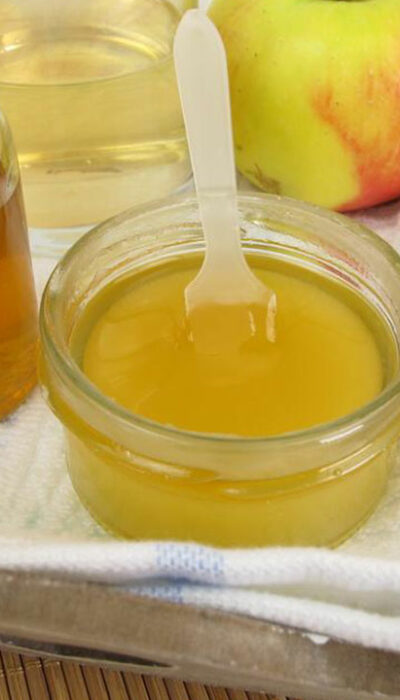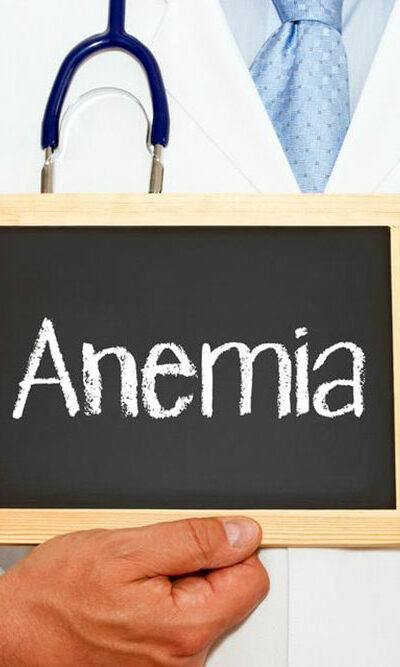
What You Need to Know Before You Consume Apple Cider Vinegar
For several generations, apple cider vinegar (ACV) has been known to cure ailments and promote healthy living. But only a few know that it also helps to lose weight. If you want to find out more about how apple cider vinegar helps you to lose weight, then read further. Apple cider vinegar is a result of a two-step fermentation of apples. The apples are crushed in a container after which yeast is added. The yeast converts all the sugar in the apples into alcohol. After which healthy bacteria is added that turns alcohol into acetic acid (ethanoic acid). The traditional method of preparing apple cider vinegar takes about a month, but with advanced technology, this process is reduced to just a day. Today a single day is sufficient to produce apple cider vinegar in large quantities. The acetic acid is the main and active component of the resulting solution. It gives the vinegar a sour taste and a characteristic strong odor. This occupies about 5-6% of the vinegar, along with which you can also find traces of water and some other acids as well. A tablespoon of apple cider vinegar contains just about three calories and almost no carbohydrates. Acetic acid is a short chain of fatty acids which help dissolve hydrogen and acetate in your body. This acid has been tested several times to understand how it helps in weight loss. Some of this is listed below. Helps lower blood sugar levels: The acid helps the liver and the muscles absorb more sugar from the blood to lower the blood sugar levels. Reduces insulin: A high production of insulin avoids the body from losing weight. Acetic acid helps reduce the production of insulin to allow fat to be burned off more easily. Increases metabolism: An enzyme called AMPK (Activated Protein Kinase) plays a major role in digestion and metabolism.










